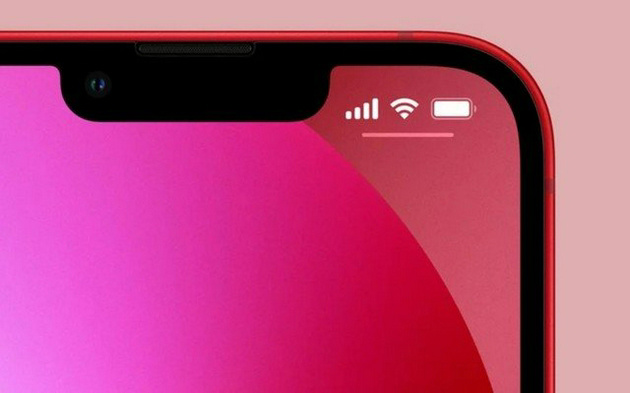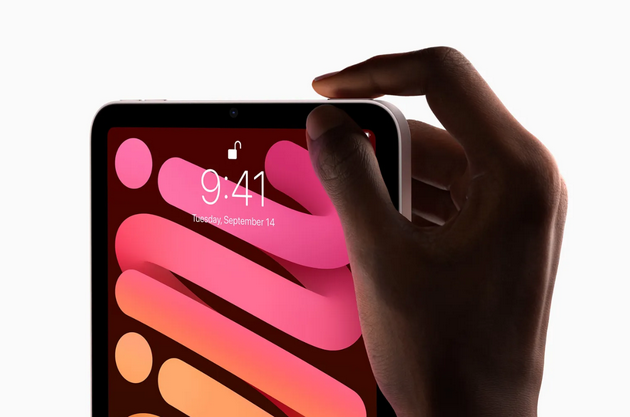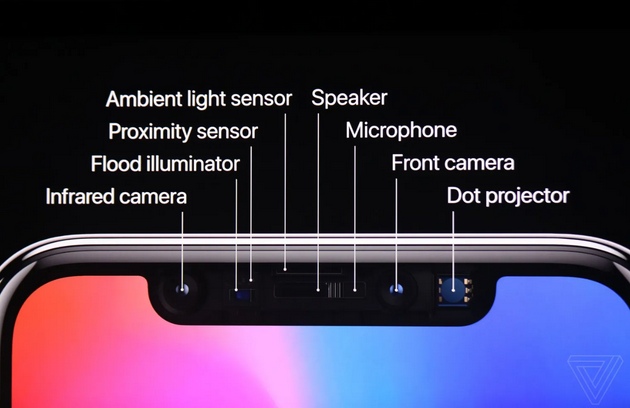On the morning of September 18th, Beijing time, it was reported that a change in the Apple iPhone 13 series was particularly noticeable. It is the biggest adjustment Apple has made to the front of the iPhone since the iPhone X first introduced Face ID: the bangs that caused the controversy have finally become smaller.

Apple claims that the new bangs are about 20% smaller than the old models, but sharp-eyed people find that Apple still made some compromises to make the black edges on the bangs bigger.
No matter how small Liu Haiping is, it is still Liu Haiping. Compared with the perforated screens and water drop screens used by competitors such as Samsung and OnePlus, it is still very large.
Therefore, we naturally think of a question: It is already 2021, is it necessary to continue to use Liu Haiping? Is this design obsolete?
Here are the views of Chaim Gartenberg and Sean Hollister of the technology blog The Verge:
Haim: I have been using the iPhone Liu Haiping since the iPhone X was released. I still want to defend Liu Haiping. Compared with the previous frame design, this is obviously an improvement; now it is difficult to return to the iPhone SE style design. Although many features based on Face ID are flashy things, its core functions are still very good.
When I was about to unlock the phone, Face ID started to work and it worked very well. This is mainly because it does require a variety of technologies (including various sensors, infrared transmitters and front cameras) that Apple has incorporated. Android phones do not have the bangs of the iPhone, but the effect of the face unlocking system is not as good as that of the iPhone. If bangs are the price paid for this convenience, I can accept it.
Shaun: Of course, I admit that Face ID is very good. This is the most useful feature after I switched from Android to iPhone. There is no one. I can’t imagine being able to log in to a bank account, view case records, or manage passwords so easily. But this is both a mockery of Android and a compliment to the iPhone—because what I really like is speed, which has nothing to do with human faces.
Why can’t Android realize standardization on the excellent fast fingerprint recognition function? Design a sensor that is placed exactly where my finger is? Why does Apple always insist on putting the fingerprint sensor underneath? I find it awkward. Why not put the fingerprint sensor on the Apple logo on the back?
Haim: Putting the fingerprint sensor on the back can easily damage Apple’s beautiful, fragile glass back panel. If they can use the fingerprint reader under the screen, it is best to design it under the front screen.
I think it should indeed support Apple to re-enable Touch ID and integrate it with the power button (just like the new iPad Mini and the recently released iPad Air). But even so, Apple still has to find a place to install the front camera. The design hidden in the frame is no longer acceptable, so there is nowhere to put it. Either the bangs are small and have few functions, or the bangs are big and have many functions, Face ID is an obvious choice.

Shaun: You can follow the example of other manufacturers and make a small hole instead of having to use such big bangs. Or use an under-screen selfie camera, which has been circulating for a long time. Having said that, why does Apple not use an under-screen fingerprint sensor and a punch-hole screen to install Faceb ID? I’m not saying that such bangs make me bored every time I see the screen (the OLED effect is great), but there is really no need to design such big bangs for a few fancy infrared emitters.
Haim: It seems that there are still some problems with the under-screen camera. Assuming that Apple is also preparing to adopt this technology, it can be imagined that it will take some time for this technology to truly reach people’s imagination.
But even if the desired effect is achieved, Face ID is more than just a few infrared transmitters. Remember this slide when Apple released the iPhone X?

This seems difficult to achieve with a perforated screen-even if Apple is willing to use a dual-lens perforated screen like the Samsung Galaxy S10 Plus.
Of course, the most important reasons for supporting the restoration of fingerprint sensors are derived from the magical reality of 2020 and 2021: we all wear masks all day because of the epidemic, which greatly reduces the recognition effect of Face ID. But when the epidemic is reduced, I hope this problem can be improved. At that time, it will be easier to unlock the phone when you are away.
Shaun: I’m going to leave this matter for later, but you got one step ahead of it. So do you agree that speed is more important than Face ID?
Let’s just talk about the picture above. The speakers, microphones, ambient light sensor and distance sensor are actually included in ordinary mobile phones, and they are easy to install on the frame of the mobile phone. Taking a step back, even if Face ID really has to arrange a series of components together, like Pixel 4, it uses a small “forehead” instead of “bangs”, what’s wrong?

If you can add a little battery in this extra place, then this change is completely acceptable, or you can design a good headphone jack. The failure of Pixel 4 is definitely not because of the design, but because of its poor battery life, not many gimmicks, and insufficient marketing.
Haim: I think it may still have a certain relationship with the design. Pixel 4 actually proves my point: Google is to integrate the Soli gesture gimmick and integrate more technologies than Face ID.
Adding a black border to the entire phone for the camera feels worse than bangs. Liu Haiping can at least allow you to use the top space of the phone nominally, and the “rabbit ears” on both sides of the screen can be used to display the status bar.
Apple may restore Touch ID on the iPhone in the future, either in the form of buttons or under the screen. But even so, I can hardly imagine that they will give up Face ID at the moment. In other words, whether you like it or not, you still have to endure Liu Haiping for a while in the foreseeable future.

